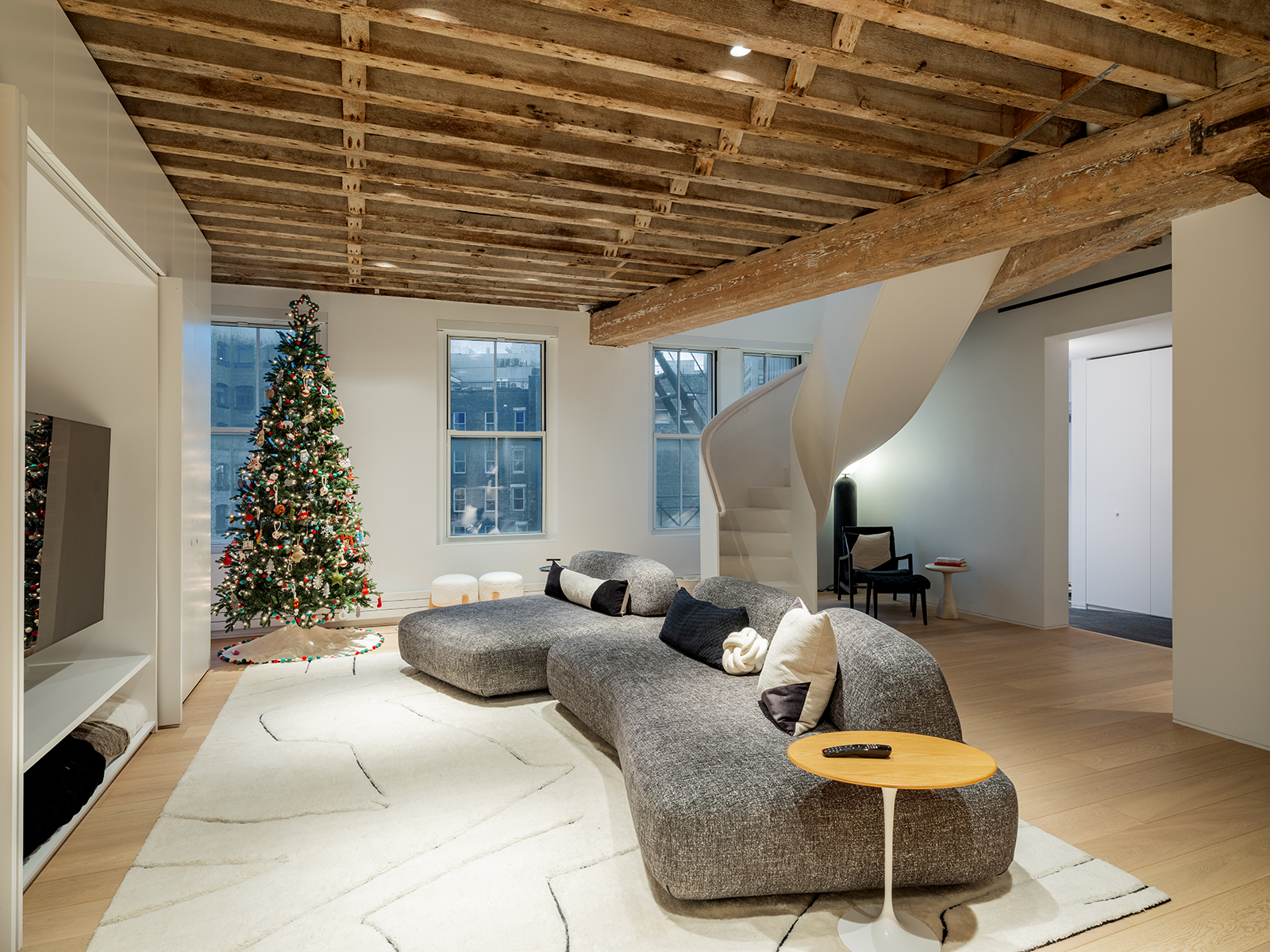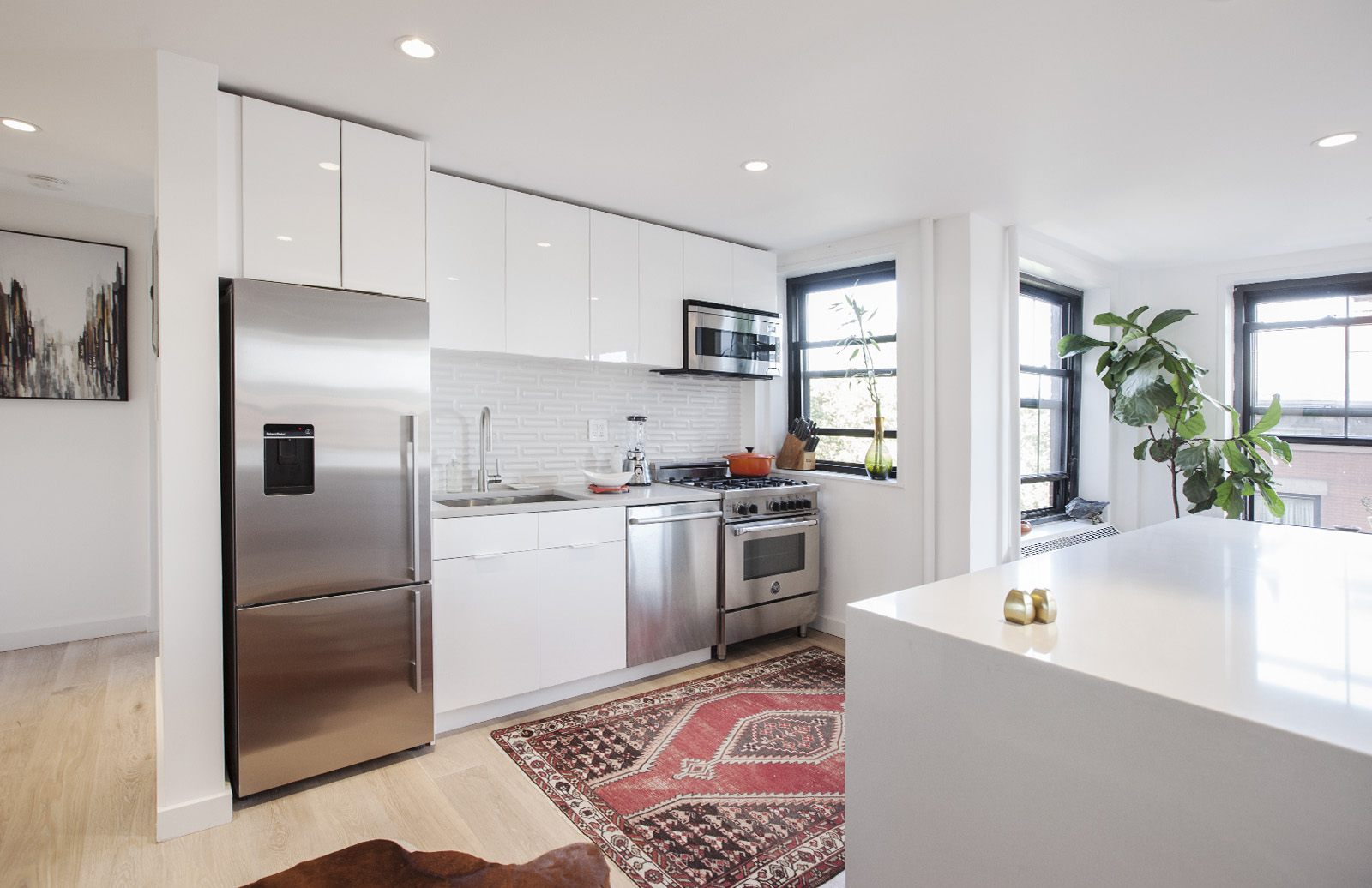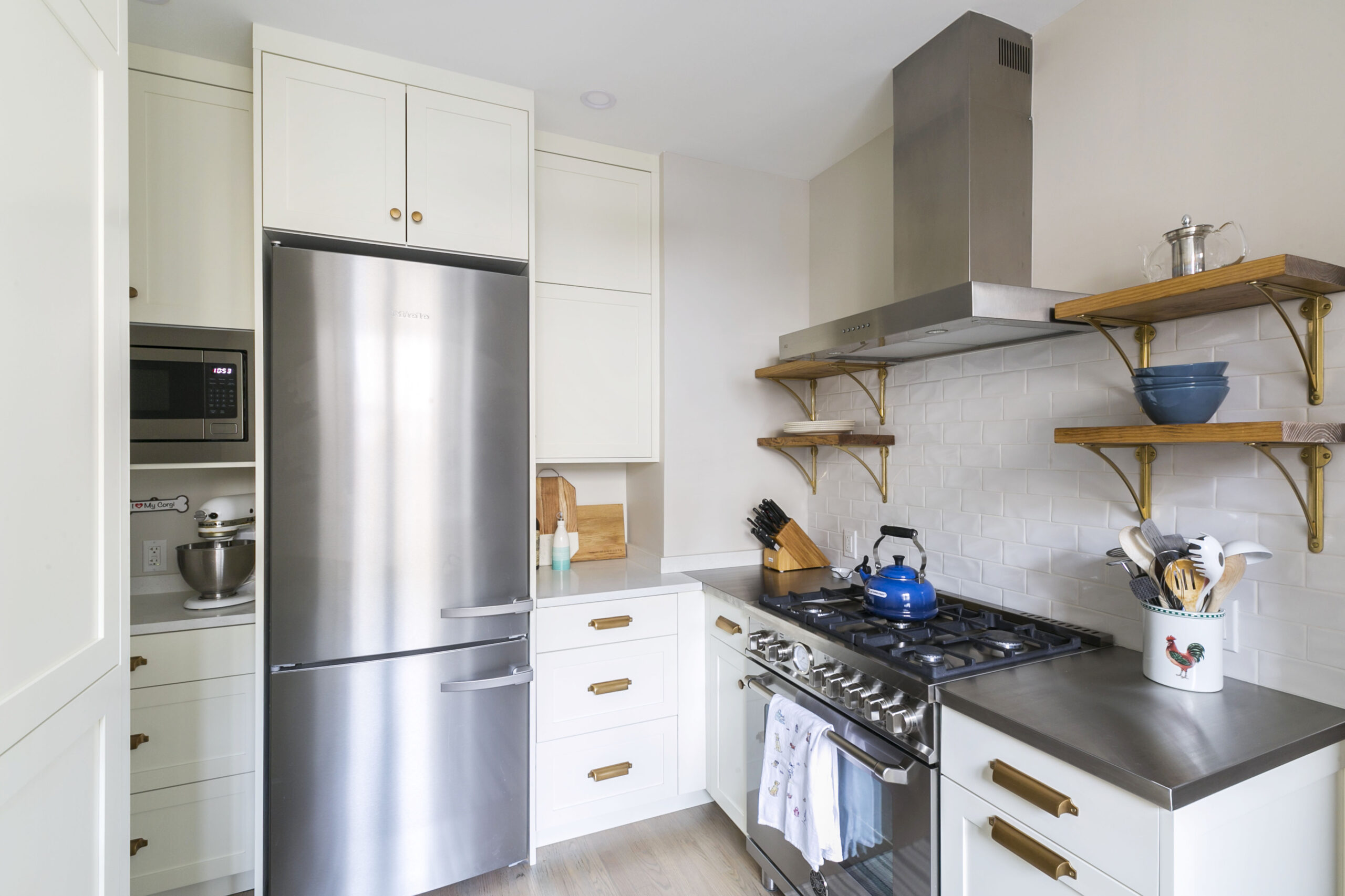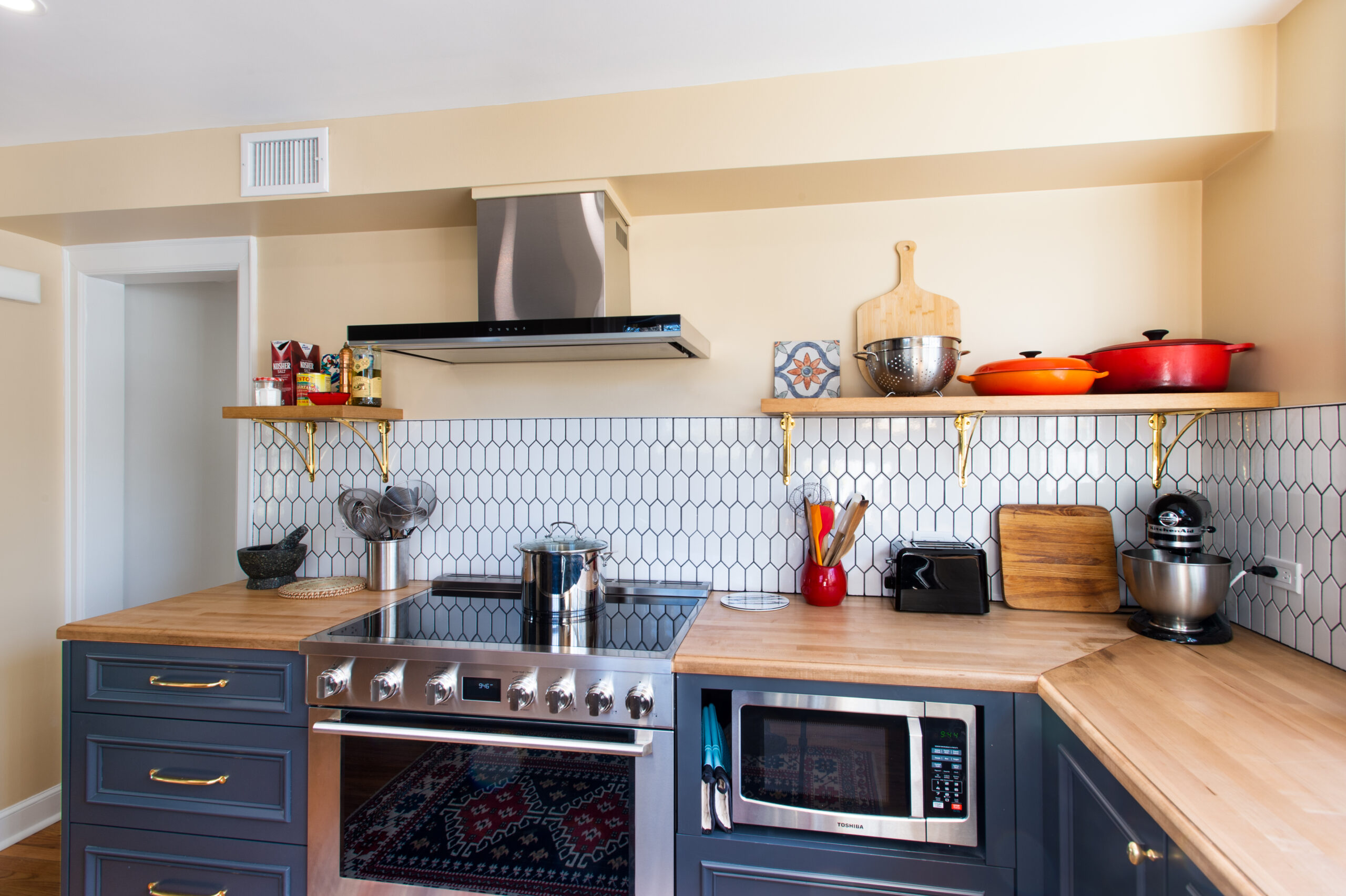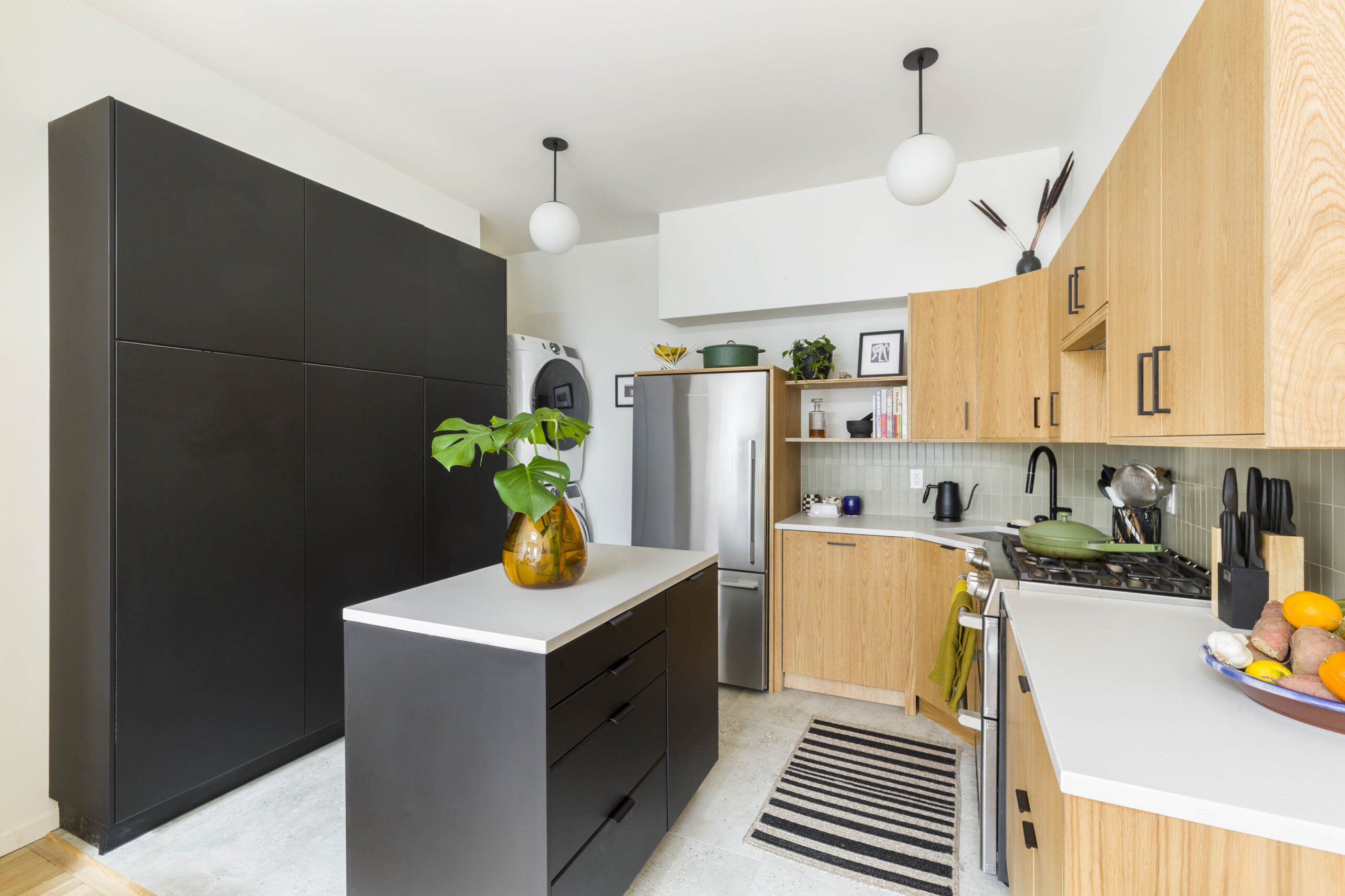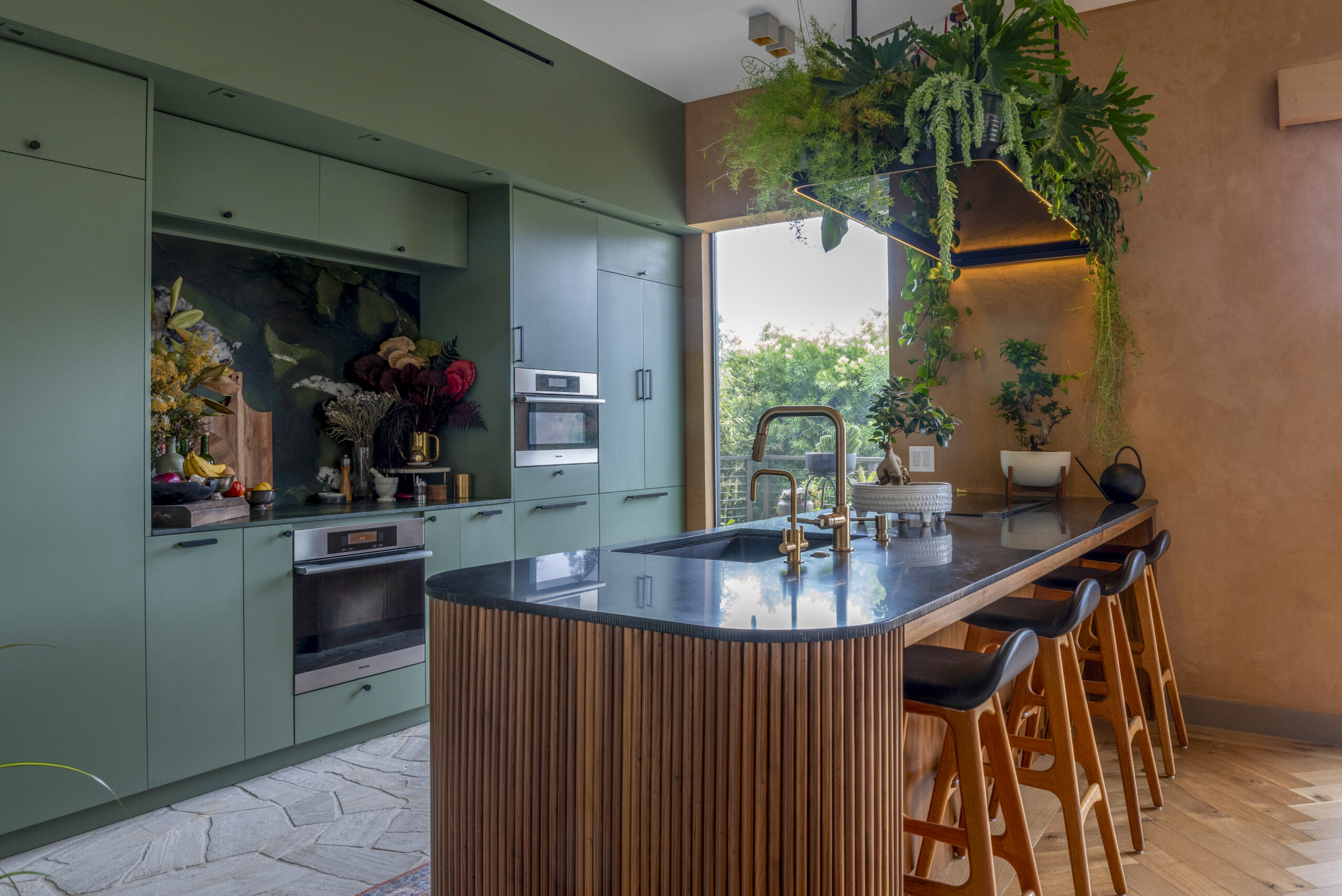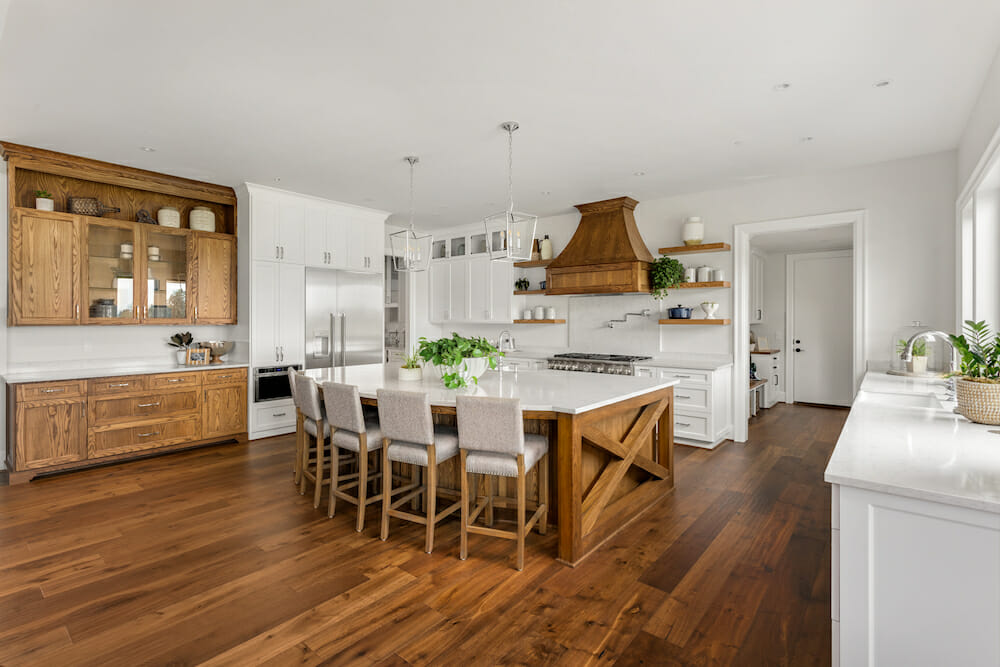A Guide to Outdoor Kitchen Appliances: Grills, Lights, Sinks & More
To outfit this crowd-pleaser, choose the right spot to build; add a good grill and other outdoor kitchen appliances
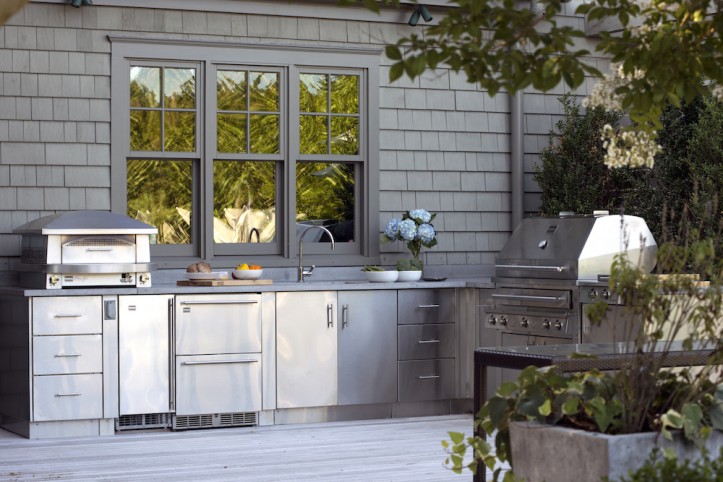
If you want to eat out more often, but hate spending a fortune on restaurants, you should consider an outdoor kitchen. While you can spend almost as much on an outdoor kitchen as your indoor one, it’ll ultimately add resale value to your home. In a recent study, the National Association of Home Builders reported that outdoor kitchens add at least 100 percent of their value to a home.
To make the most of your outdoor kitchen, consider carefully these points:
Enhance your outdoor kitchen space
Work with your contractor on finding the ideal location to build out your kitchen. Classic materials like brick, stone, or stucco can work nicely with many architectural styles of a home. These materials work especially well with older homes—and appear integrated.
Make your outdoor kitchen comfortable
Allow room for dining and lounging both before and after the meal. You’ll need a shady or covered area paved with stone or wood to support furniture. You also want to add lighting for the dining and seating area, plus the kitchen area. This way, you’ll enjoy the space after sundown, while having an open plan that keeps the cook near the guests.
Pick outdoor kitchen appliances wisely
Buy only what you know you will really use. Avoid fixtures that serve only one function, unless you will use them regularly. If your family loves pizza, by all means, add the pizza oven. If you entertain frequently, you can use a warming drawer. But do you really need that smoker?
Invest in high-quality outdoor kitchen materials
Everything that goes into your outdoor kitchen should be made to work outdoors. But, still, everything you have installed will remain outside year-round, so it needs to be able to withstand changing weather. Buy from brands with national reputations so you can get a customer service person when you need one, including on the weekend. Also, check the warranties to make certain the company will back up their products.
Expect the unexpected
At some point, an appliance or pipe will have to be repaired or possibly replaced. Work with your contractor to design installation so that electrical, gas, and water can be easily reached for repair or adjustment, if needed, without breaking down any beautiful stone surround or concrete foundation.
Plan the setup and location of your outdoor kitchen
Your setup can be built-in or freestanding, depending on its location in relation to the structure of your house. Freestanding is quicker to get up and running, and you can take some features (like the grill) with you, should you move. However, built-in gives a more designed look and allows for optional but important features like a sink. ”If they are relatively close together, an outdoor kitchen can utilize the indoor kitchen’s capabilities, such as prep space and storage,” says Russ Faulk, chief designer and head of product for Kalamazoo Outdoor Gourmet (Instagram: @kalamazoogrills), a manufacturer of outdoor kitchen appliances. “Conversely, a fully independent outdoor kitchen with refrigeration, warming cabinets and cabinetry is more self-reliant, but will require more space and connections for gas, water, and electricity.” Sweeten brings homeowners an exceptional renovation experience by personally matching trusted general contractors to your project, while offering expert guidance and support—at no cost to you. Renovate expertly with Sweeten
There are also outdoor kitchen appliance “kits” from companies like EP Henry. These include everything—the grill, cabinets, countertop, even bricks for the surrounding structure, plus a sink. Only experienced DIYers should put this combo together and will need to pull all the permits for construction and utilities.
As for the location of a built-in kitchen, if you place it against an outer wall of your house, you won’t have to run water and gas lines as far as if you were to locate it some further distance within the yard. You will, however, likely need a ventilation hood to prevent cooking smells from drifting into your house. Work with an experienced contractor who can help you maximize your budget by finding the best location for easy utility access. He or she will also be able to tell you if you need that vent hood.
Location (and climate) will also be a factor as to whether your outdoor kitchen grill station should be sheltered or exposed. Even appliances made for outdoor use shouldn’t be exposed to driving rain or snow, or prolonged, sub-zero temperatures.
“Always check to see if a permit is necessary before starting your outdoor kitchen project,” advises Russ. Your contractor can handle this, as he or she should be highly knowledgeable about local codes. These codes would include easement, permeable surface requirements, water restrictions, and height restrictions. Besides getting help with all those permits, learn about the other benefits of working with a licensed contractor on your outdoor kitchen project.
Choosing the right features
The outdoor kitchen can be as large and tricked out as your space and budget will allow, but to make it fully functional, you will need to outfit it like you do the indoor kitchen, with designated areas for prep, cooking, and clean-up, as well as dining and hanging out.
Outdoor kitchen appliances: The grill
At the center of any kitchen is the stove or, in this case, an outdoor kitchen grill. Outdoors kitchen grills can be as sophisticated as you want, with two, three, or five burners, plus an accompanying warming drawer, side burners, and pizza oven. Confirm that whatever outdoor grill you choose is from an established manufacturer that specializes in grills and offers a solid warranty. If you’re in the market for a freestanding outdoor kitchen grill, look at companies like KitchenAid, Dacor, and Monogram. These brands are known for their indoor cooking appliances, and also offer outdoor gas-operated products. Their outdoor products have modern combos of multiple burners and side grills, which let you cook several items simultaneously.
Manufacturers devoted just to grills, like Weber, also offer plenty of choice for both freestanding and built-ins. Check that the area below the grill can handle the grill’s weight, and the heat it will emit, as well as any sparks that might fly out. The counter or workspace should be adjacent to the grill and burners. Make sure you can sanitize it for food preparation. “Keep a buffer zone between hot grills, ovens or cooktops and any people,” says Russ, who recommends a minimum of 9 inches of countertop extension behind and to the sides of all hot appliances.
Outdoor kitchen appliances: A fridge or freezer
You probably don’t need a full-size fridge outside. An under-counter version will do the trick to chill protein until cook time, while keeping drinks cold. If you have the room, you could enjoy two fridges, one for food and one for beverages. The most common width for under-counter models is 24 inches, but 21- and 18-inch versions, as well as drawers, are available from major commercial fridge makers like Summit. Expect to pay $1,000 to $2,000 (for a double-drawer version)—as much as a grill. Make sure the model you buy is UL-listed and rated food-safe for outdoor use.
Outdoor kitchen appliances: Sinks
A sink, while not mandatory, makes outdoor entertaining much easier. You’ll be able to rinse hands and wash dishes, so you don’t have to take dirty dishes back into the house, or fill up a water pitcher. You’ll just need a water line connected to your home water supply, or a hook-up through a hose if you just need cold water. You’ll want weather-resistant 16-gauge stainless-steel for the sink. Then ask yourself, single or double basin? Splurge on a bar station that includes a sink, plus condiment trays, and an insulated ice bucket from Home Depot. Or, supplement your cook station with a modular side burner and sink combo from Master Forge. Wondering about a dishwasher? Demand is low so they are hard to find. Best to rinse dishes in that sink and cart the load to the house to finish inside.
Outdoor kitchen appliances: Lighting
For comfort and aesthetics, outdoor lighting is a no-brainer. It’s also necessary for safety. As with the indoor kitchen, you want the prep and grill areas well-lit. Dining and seating areas can get by with softer, ambient lighting, but make sure pathways are lit so no one stumbles at night. Your contractor can help you determine the appropriate outdoor options for spotlights focused on task areas, as well as pendant, post, or string lighting to illuminate the dining and lounging areas, and lantern or path lighting for groundcover. Again, you want fixtures made to be operated outdoors, but look for LED versions. This option is preferable because LEDs give off little heat, can handle temperature swings from -40F to 180F, and last up to 10 years or for 100,000 hours of continuous use. You’ll find the widest range of selection at box stores where you can see the lights illuminated to help you decide if you like the effect.
Tip: Keep convenience within reach
Since your contractor is running lines for utilities, ask them to include electrical outlets for small appliances, like a blender, portable stereo, and space heaters. Your contractor will know the correct type of outdoor outlets, which should be ground fault circuit interpreter (GFCI).
Cooking on the grill is a great American pastime, whether entertaining friends or feeding your family. Maximize your enjoyment by adding some sizzle to al fresco dining with a beautiful, super-functional outdoor kitchen.
—
Originally Published July 21, 2017
Updated on August 18, 2023
Sweeten handpicks the best general contractors to match each project’s location, budget, and scope, helping until project completion. Follow the blog for renovation ideas and inspiration and when you’re ready to renovate, start your renovation on Sweeten.
